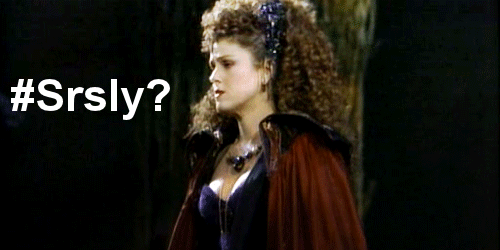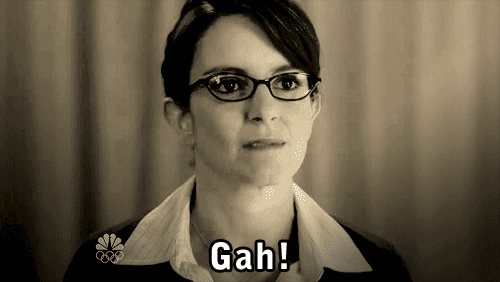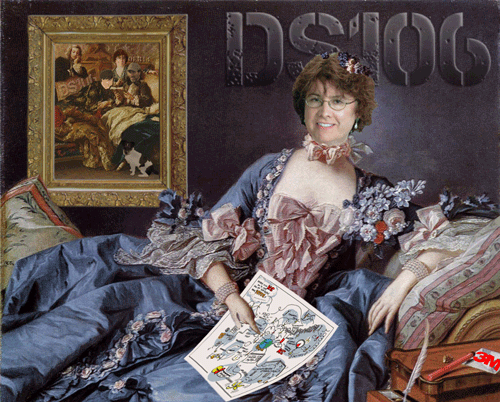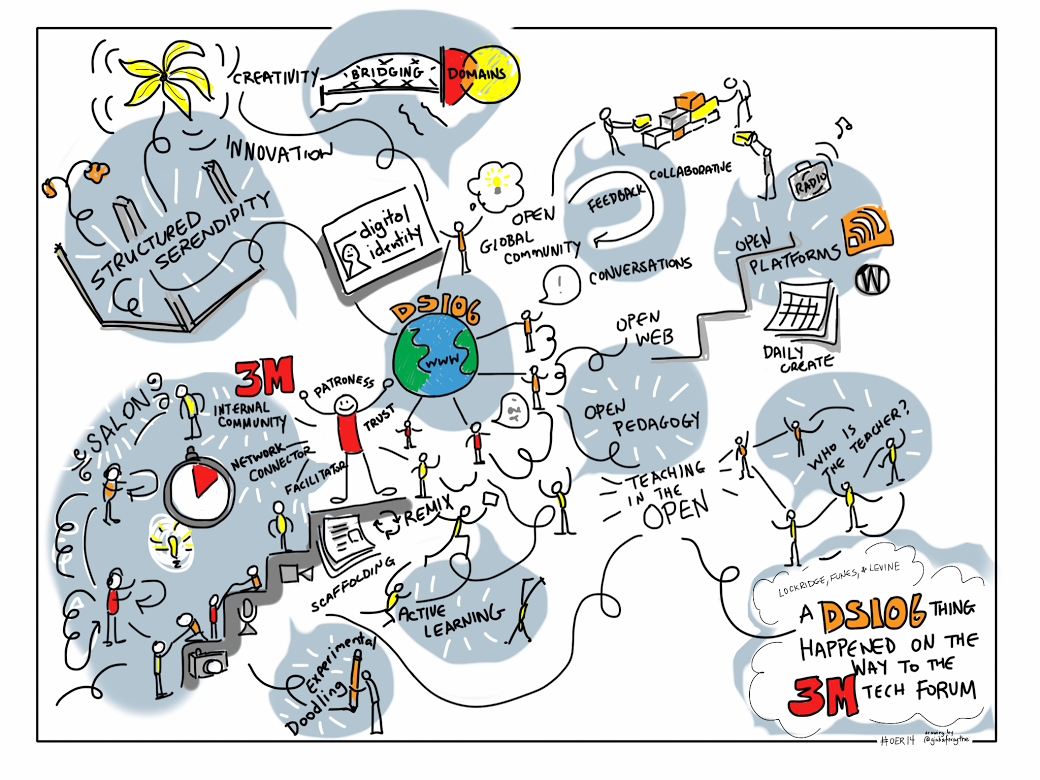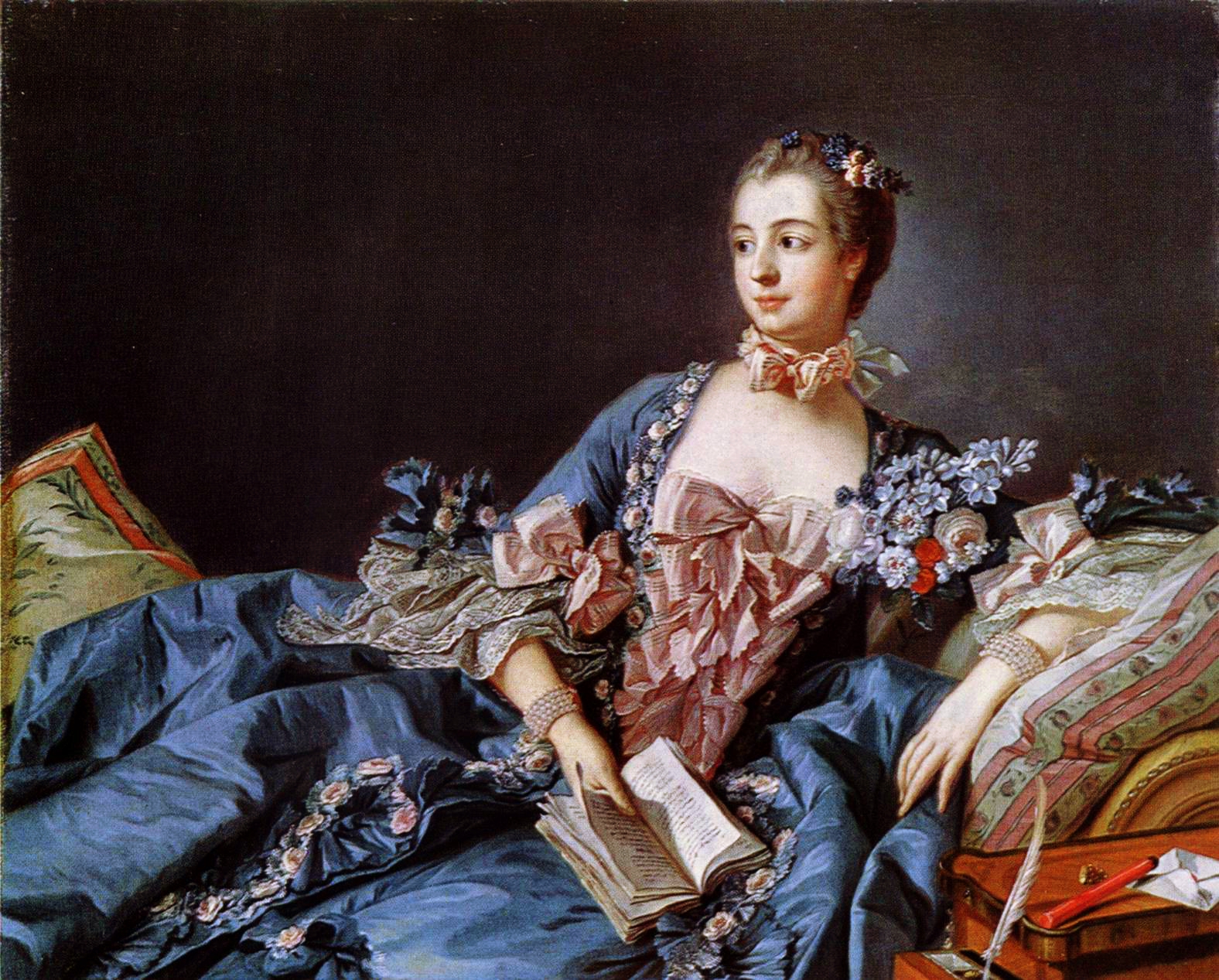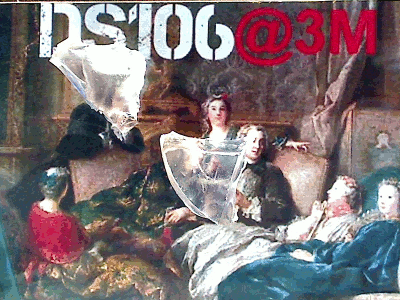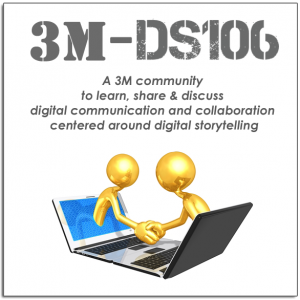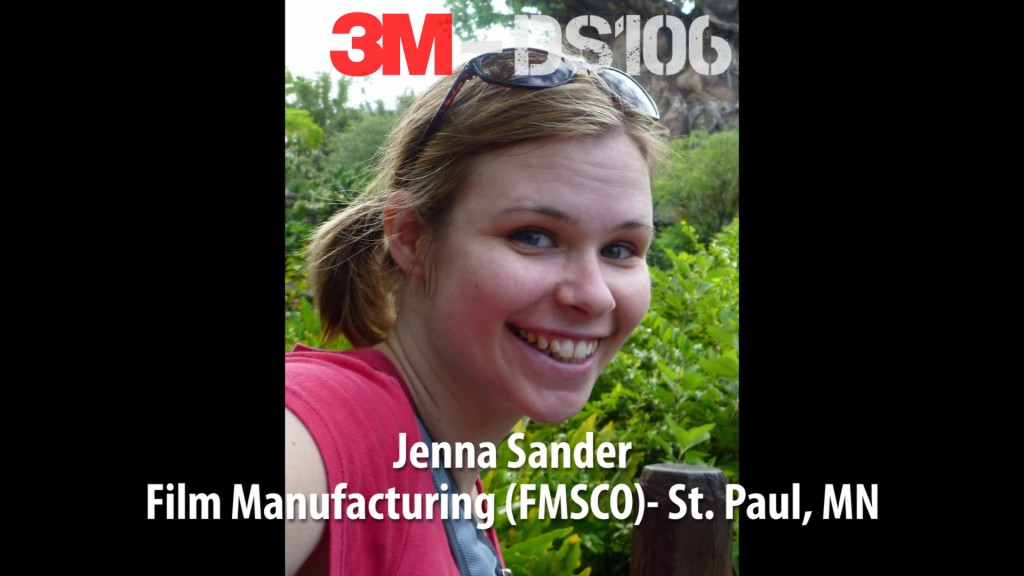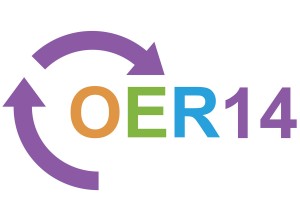Collaboratively writing a paper and presenting at a conference with two people I’d never met in person was a fantastic learning experience from start to finish. It is totally amazing to me what can be accomplished within the digital realm I’ve landed in with the DS106 community. I didn’t really experience anything different from doing something like this in person, except that when my ego or perfectionistic habits flared up I had a chance to step back, breathe and get myself focused back to what was best for the paper. I’m sure each of us had that experience at one time or another, and our higher selves always won out. (The time zone differences helped with that too. 😉 ) I can’t express my appreciation enough to my co-authors Alan Levine and Mariana Funes for their skills, professionalism, creativity, and sense of adventure we’ve shared the last 6 months.
“This case study explores how DS106 tools, methodology and philosophy were adapted into the corporate world at 3M to build community, collaboration, and effective global communication skills. Our hypothesis was the pedagogy and assignments of the DS106 open course could be modified for delivery on a corporate intranet, using internal creation and communication tools standard for 3M employees. We hoped to learn how the course experience could work within cultural and technological constraints of a corporate environment.”
Lockridge, R., Levine, A & Funes, M. (2014). A DS106 Thing Happened on the Way to the 3M Tech Forum. In Proceedings of OER14: building communities of open practice. Newcastle upon Tyne, England.
But what I wasn’t planned on learning, and wished that I could take back those 6+ hours of tedious OCD inducing labor back in February, was how to write the required (and admittedly very important) references for our OER14 paper to conform to the styles of the Publication Manual of the American Psychological Association (http://www.apastyle.org). What kind of sick personality makes these things up?
Conform to the styles of the Publication Manual of the American Psychological Association (http://www.apastyle.org). Citations in the text appear in parenthesis as (Author, year) or (Author, year: page). If the author’s name appears in the text, as Author (year) or Author (year: page). Full citation of literature referred to should be given in References. Arrange the references alphabetically by first author’s name, rather than by the order of occurrence in the text. Punctuate and capitalize as in References of this document. Do not use numbered references or footnotes. References should use the style “reference-list”.
Ku, G. (2008). Learning to de-escalate: The effects of regret in escalation of commitment. Organizational Behavior and Human Decision Processes, 105(2), 221-232.
For further examples see a summary of APA guidelines provided at http://www.library.cornell.
******************
From: Rochelle Lockridge
Date: Wed, Feb 26, 2014 at 11:48 AM
Subject: Re: attached are my final edits.
To: Mariana Funes
Cc: Alan Levine
Spent another 4 hours formatting those stupid references according to the American Psychological Association, 6th ed. What kind of personality makes this stuff up? By the time I do this again it will probably be outdated and everything I’ve learned this morning will be a waste of time. GRRR! I’ve actually compiled the links to the references I used to learn how to create the references. Do I need to make references to those in our paper too. <maniacal insane laughter>
- When and when not to use italics (boy is that a can of worms)
- In-text citation verses reference formats (Those commas, periods, spaces, & semicolon placements are a bitch to get right.)
- Formats for different media, e.g. video, blog posts, newspaper articles, on-line articles, publications by corporations, websites, (Still a little fuzzy on the formatting for the DS106 website. I say put it back into the text of the document. We know how to use it correctly there.)
- The new addition says they favor [blog post] over [weblog post]
- Citing a personal communication. “DO NOT include in reference list, only in text”
- Do not include retrieval date unless the source material will change over time (like a wiki page) or it’s a link to a corporate website that doesn’t have a date listed on the source page.
- Citing & alphabetizing multiple references in the same year from one author.
- Multiple references from the same author but different years do not use the a, b, c designation. The year is all you need.
- Retrieved from not From
Link to paper A DS106 Thing Happened on the Way to the 3M Tech Forum. Do me a big favor and at least read a couple of the painstakingly formatted citations at the end of the paper. I need to know that someone out there found them of value, other than the entertainment value had by the person or persons who create these insane style formats.
****************
Here you go. My links to references about formatting references in case you ever, like me, naively decide to write an academic paper that requires the apa style format.
- http://blog.apastyle.org/
apastyle/2010/10/what-belongs- in-the-reference-list.html - http://blog.apastyle.org/
apastyle/personal- communication/ - http://www2.indwes.edu/ocls/
apa/apa6eguide.pdf - http://www.apastyle.org/learn/
faqs/web-page-no-author.aspx. - http://blog.apastyle.org/
apastyle/2010/11/how-to-cite- something- - http://blog.apastyle.org/
apastyle/2011/10/how-to- create-a-reference-for-a- youtube-video.html - http://blog.apastyle.org/
apastyle/2009/10/how-to-cite- twitter-and-facebook-part-ii. html - http://blog.apastyle.org/
apastyle/2012/06/how-to-cite- multiple-works-by-the-same- author-in-a-compilation.html - http://blog.apastyle.org/
apastyle/2010/10/what-belongs- in-the-reference-list.html - http://blog.apastyle.org/
apastyle/2011/01/writing-in- text-citations-in-apa-style. html
Postlude:
After doing all this work and whining about it to my daughter, she tells me there are computer programs out there that will do this type of formatting for you in a snap. And once you have the basic information entered, you can very easily ask it to reformat for another style, say the Harvard Reference Style for example. She just happens to have a quality paid version on her computer that I could’ve used had she known what I was doing. AAAHHH!!!!

